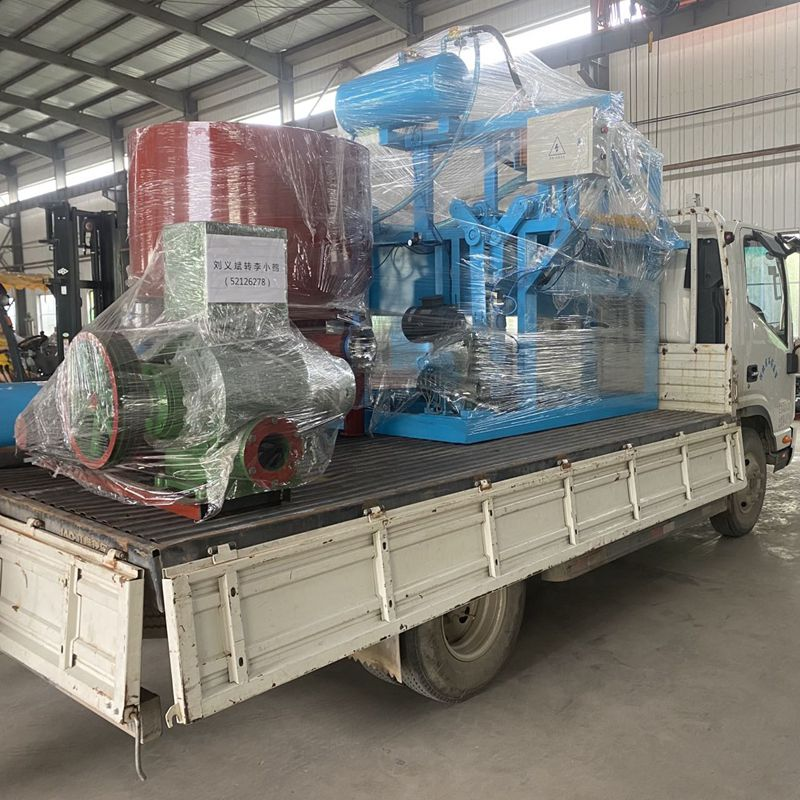Exploring the Welfare and Conditions of Chickens in Modern Poultry Farming Systems
Nov . 09, 2024 12:58 Back to list
Exploring the Welfare and Conditions of Chickens in Modern Poultry Farming Systems
The Ethics and Impact of Chicken Cages in Poultry Farming
In recent years, the issue of chicken cages has garnered significant attention within the realms of agriculture, animal welfare, and consumer awareness
. As the global demand for poultry products continues to rise, so does the scrutiny surrounding the conditions in which chickens are raised. The debate often centers on the use of battery cages, which are small enclosures designed to maximize space and production efficiency but have raised numerous ethical and health concerns.Battery cages have been the standard in egg production for decades. These cages typically house four to six hens, providing each bird with less space than a sheet of paper. The confinement prevents the animals from engaging in natural behaviors such as nesting, perching, and dust bathing, which are vital for their well-being. Consequently, a range of behavioral issues can develop, including feather pecking and aggression. Critics argue that this kind of farming disregards the intrinsic needs of the animals, viewing them merely as production units rather than sentient beings deserving of care and respect.
On the other hand, proponents of battery cages claim that they enhance efficiency and biosecurity. They argue that the cages reduce the risk of injury among hens and lower the likelihood of disease transmission. From an economic perspective, battery cages allow for higher production rates and lower costs per egg, which has enabled many farms to remain competitive in a global market. However, these benefits come at a significant ethical cost, raising a critical question At what point does efficiency justify inhumane treatment?
chicken cage

The movement towards more humane farming practices has gained momentum in recent years, prompting several jurisdictions to pass legislation banning battery cages altogether. The European Union, for example, implemented a ban on conventional battery cages in favor of enriched cages that provide more space, perches, and nesting areas for hens. Similarly, several states in the United States, like California and Michigan, have enacted laws to phase out battery cage systems. This shift represents a growing recognition of the animals' right to welfare and an acknowledgment that consumers are increasingly concerned about the conditions under which their food is produced.
Consumer awareness has played a pivotal role in this transformation. More and more people are questioning the sources of their food, seeking transparency about farming practices, and opting for free-range or cage-free eggs. As a result, brands are now racing to adapt their business models to align with this changing demand. Companies that once relied heavily on battery cages are now investing in alternative systems that promote better animal welfare, such as aviary systems and free-range environments.
However, the transition away from battery cages is not without its challenges. Critics of cage-free and free-range systems point to issues of scalability, production costs, and potential increases in environmental impacts. For instance, while free-range systems allow for improved animal welfare, they may require more land and complicate biosecurity measures. Addressing these concerns while also ensuring animal welfare is a complex balancing act that the industry must navigate.
In conclusion, the debate surrounding chicken cages is reflective of broader discussions about food production, ethics, and consumer responsibility. As society moves toward a more compassionate approach to farming, it is essential to consider the welfare of the animals that populate our farms. The shift from battery cages to more humane alternatives represents a significant step forward, but it requires ongoing commitment from consumers, farmers, and policymakers alike. Moving forward, the focus should not only be on improving conditions for chickens but also on fostering a sustainable and ethical food production system that respects both animals and the environment.
-
Automatic Feeding Line System-Pan Feeder Nipple Drinker|Anping County Yize Metal Products Co., Ltd.
NewsJul.29,2025
-
Hot Sale 24 & 18 Door Rabbit Cages - Premium Breeding Solutions
NewsJul.25,2025
-
Automatic Feeding Line System Pan Feeder Nipple Drinker - Anping County Yize Metal Products Co., Ltd.
NewsJul.21,2025
-
Automatic Feeding Line System Pan Feeder Nipple Drinker - Anping County Yize Metal Products Co., Ltd.
NewsJul.21,2025
-
Automatic Feeding Line System - Anping Yize | Precision & Nipple
NewsJul.21,2025
-
Automatic Feeding Line System - Anping Yize | Precision & Nipple
NewsJul.21,2025






